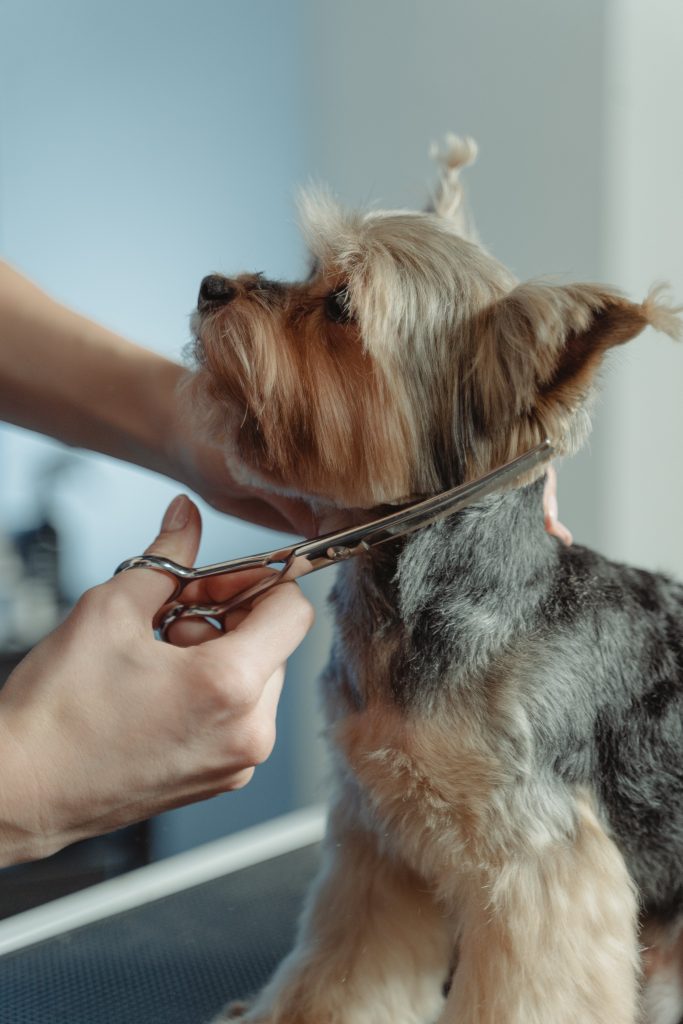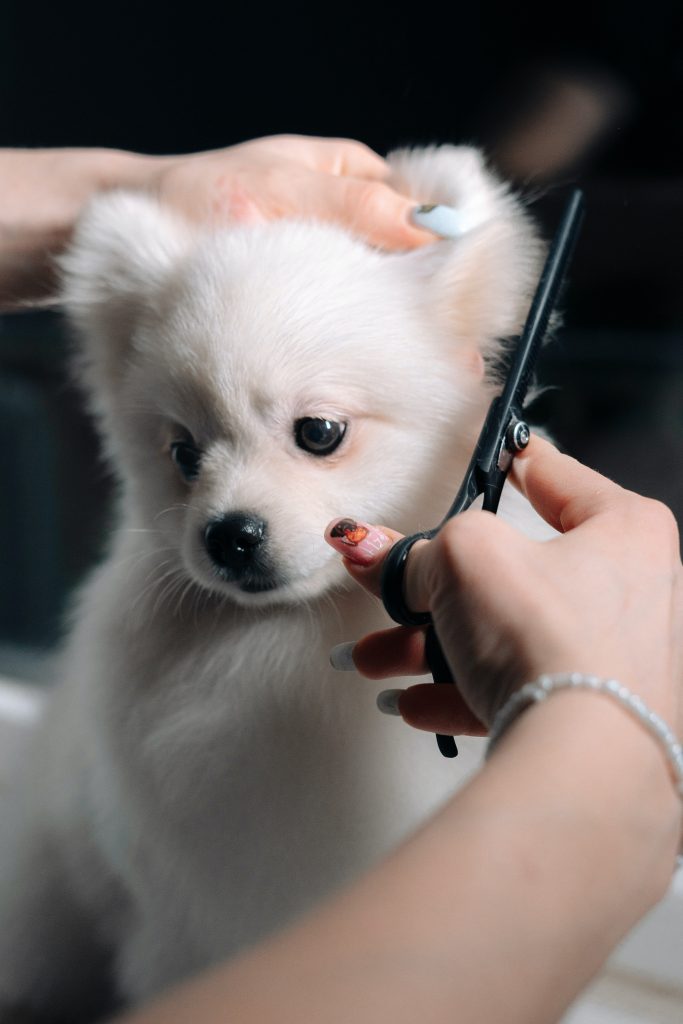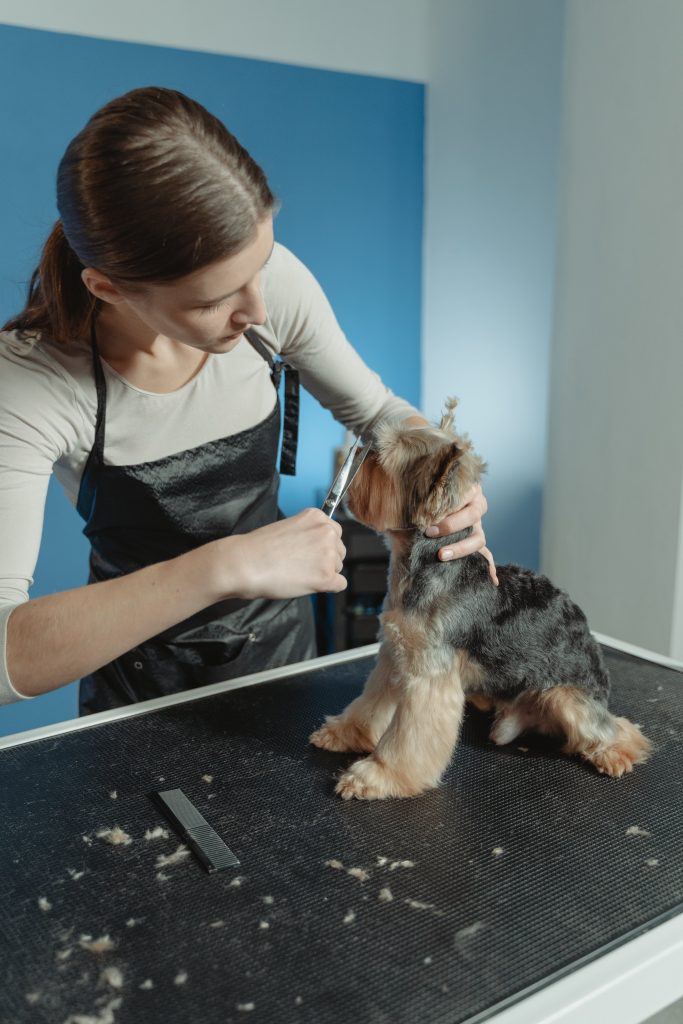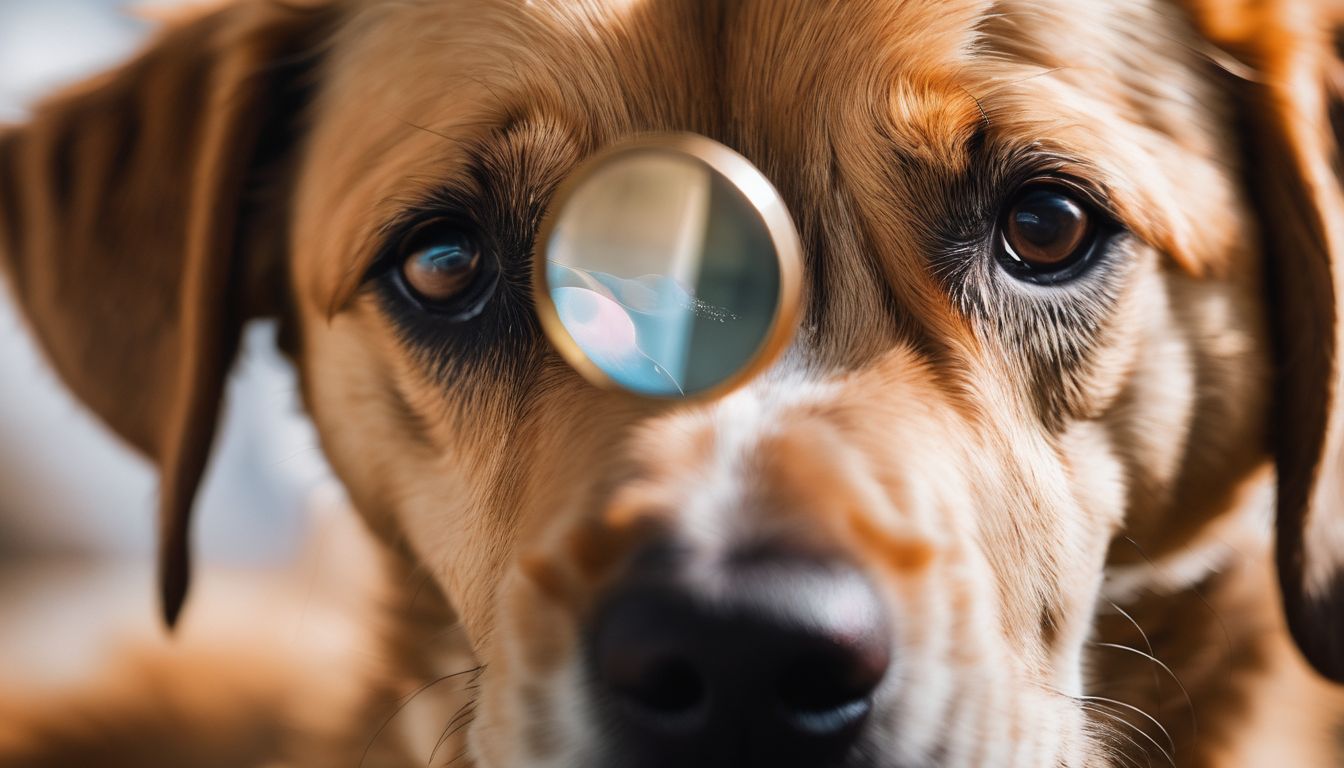Ever wondered just how many hairs on a dog? Surprisingly, an average dog has about 15,000 pieces of hair per square inch of fur! In this fascinating deep dive, we’ll explore the ins and outs of canine hair counts and why it might matter more than you think.
Let’s embark on this hairy adventure together!

Key Takeaways
- An average dog has about 15,000 hairs per square inch of fur.
- The number of hairs on a dog can be influenced by factors such as breed, genetics, and size.
- Dogs have specific shedding patterns and hair growth cycles that should be understood to manage grooming needs effectively.
- Knowing your dog’s hair count can help maintain their coat and overall health.
The Fascinating World of Canine Fur
Dogs have an incredible variety of fur, with factors like breed and genetics playing a role in determining their hair count and density.
Number of hairs on a dog
Dogs have a lot of hair. Small dogs may have 100 to 600 hairs per square inch. Medium dogs can have about 15,000 hairs per square inch. Big dogs often have more than that! Did you know an average dog has around 2,160,000 hairs on every square foot of skin? That’s much more than humans! We will now look at things that change the number of hairs a dog has.
Factors influencing hair count
The number of hairs on a dog can be influenced by several factors. One important factor is the size and breed of the dog. Smaller dogs generally have fewer hairs compared to larger dogs.
Additionally, genetics play a role in determining hair count. Some breeds naturally have thicker coats with more hair, while others have thinner coats with less hair.
Another factor is the individual characteristics of the dog. Just like humans, dogs can have variations in their hair growth patterns and density. Hormonal changes or health conditions can also affect the rate at which dogs grow and shed their hair.
Environmental factors can also impact hair count. Dogs that live in colder climates may develop thicker coats to protect themselves from the cold, resulting in more hairs on their body.
Estimating hair count in different dog breeds
Different dog breeds have varying hair counts, which can be estimated by studying their size and individual characteristics. Smaller dogs typically have fewer hairs per square inch compared to medium or large dogs.
For example, small dogs may have around 100-600 hairs per square inch, while medium-sized dogs can have approximately 15,000 hairs per square inch. The density of a dog’s hair and fur also varies depending on the breed.
By understanding the typical hair count for different breeds, dog owners can better care for their pet’s coat and manage shedding issues.

Shedding Patterns and Hair Growth Cycles
Dogs have specific shedding patterns and hair growth cycles. They typically shed their fur twice a year, once in the spring and again in the fall. During these times, you may notice more hair around your home.
Shedding is a natural process for dogs to get rid of old or damaged hairs and make way for new ones. The length and thickness of a dog’s coat can also influence how much they shed.
Some breeds have shorter hair that doesn’t shed as much, while others with longer or thicker coats may shed more frequently throughout the year. Understanding your dog’s shedding patterns can help you manage their grooming needs and keep their coat healthy.
Dogs have different hair growth cycles compared to humans. While our own hair grows continuously, dogs’ hair grows in cycles that include active growth (anagen), rest (telogen), and shedding phases (exogen).
This means that each individual hair on a dog has its own cycle, growing for a certain period before falling out naturally to make room for new hairs to grow. The duration of each phase varies between breeds, so some dogs may have shorter or longer periods of active growth or resting phases than others.
Knowing when your dog is likely to shed can help you prepare for it by having appropriate grooming tools on hand and scheduling regular brushing sessions during peak shedding seasons.
Regularly brushing your dog’s coat not only helps remove loose hairs but also stimulates blood circulation in the skin, promoting healthier coat growth. It can also be beneficial to consult with a professional groomer who can offer advice on managing excessive shedding based on your specific breed or individual dog characteristics.
Why Knowing Your Dog’s Hair Count Can Be Beneficial
Knowing your dog’s hair count can be beneficial in maintaining their coat and overall health. It can also help you debunk common myths about dogs and their fur. Interested to know more? Keep reading!
Caring for your dog’s coat and overall health
Taking good care of your dog’s coat is essential for their overall health and well-being. Regular grooming helps to remove loose hair, prevent mats and tangles, and maintain a healthy-looking coat.
Brushing your dog regularly not only keeps their fur clean but also stimulates blood circulation, promoting a healthier skin condition. It’s important to choose the right brush for your dog’s specific coat type, whether it’s short or long-haired.
Additionally, providing a balanced diet with proper nutrition can contribute to maintaining a healthy coat for your furry friend. Remember, regular vet check-ups are crucial as they can detect any underlying health issues that may affect your dog’s coat or overall health.
Fun facts and myths about dogs and their hair
Dogs have some interesting facts and myths related to their hair. Did you know that a dog’s fur is usually more dense than human hair? In fact, dogs can have over 10 times the amount of hair per square inch compared to humans! Another fun fact is that dogs shed their hair twice a year, in the spring and fall.
However, there are also myths surrounding dog hair, such as certain breeds being hypoallergenic or non-shedding. It’s important to remember that every dog is different and may have varying amounts of hair depending on their breed, size, and individual characteristics.

Conclusion
Knowing the number of hairs on your dog can help you take better care of their coat and overall health. Understanding the shedding patterns and hair growth cycles can also assist in managing any hair-related issues.
Whether it’s for grooming purposes or simply satisfying your curiosity, exploring the fascinating world of canine fur can deepen our bond with our furry friends. So next time you look at your dog, remember that behind those cute eyes is a whole bunch of hairs waiting to be counted!
FAQs
1. How many hairs does a dog have?
The hair count on a dog’s body can greatly vary based on the size, breed and health of the dog.
2. Does fur density differ between small and large dogs?
Yes, fur density in different dog sizes can vary. A smaller dog may have less total hair but more dense hair per square inch than a larger one.
3. Can you estimate how much hair is there on your pet canine’s head?
Estimating the quantity of hair on your pet canine’s head could be tricky due to variations in breeds and their unique coat types.
4. Is it possible to measure the number of hairs per square inch of a dog’s fur?
While exact counting might not be practical, some tools allow for an estimated measurement of hairs per square inch on a dog.
5. Are any issues linked with my pooch’s fur counts or densities?
Some skin or medical problems could cause changes in your pooch’s natural canine hair density, leading to loss or extra growth.


